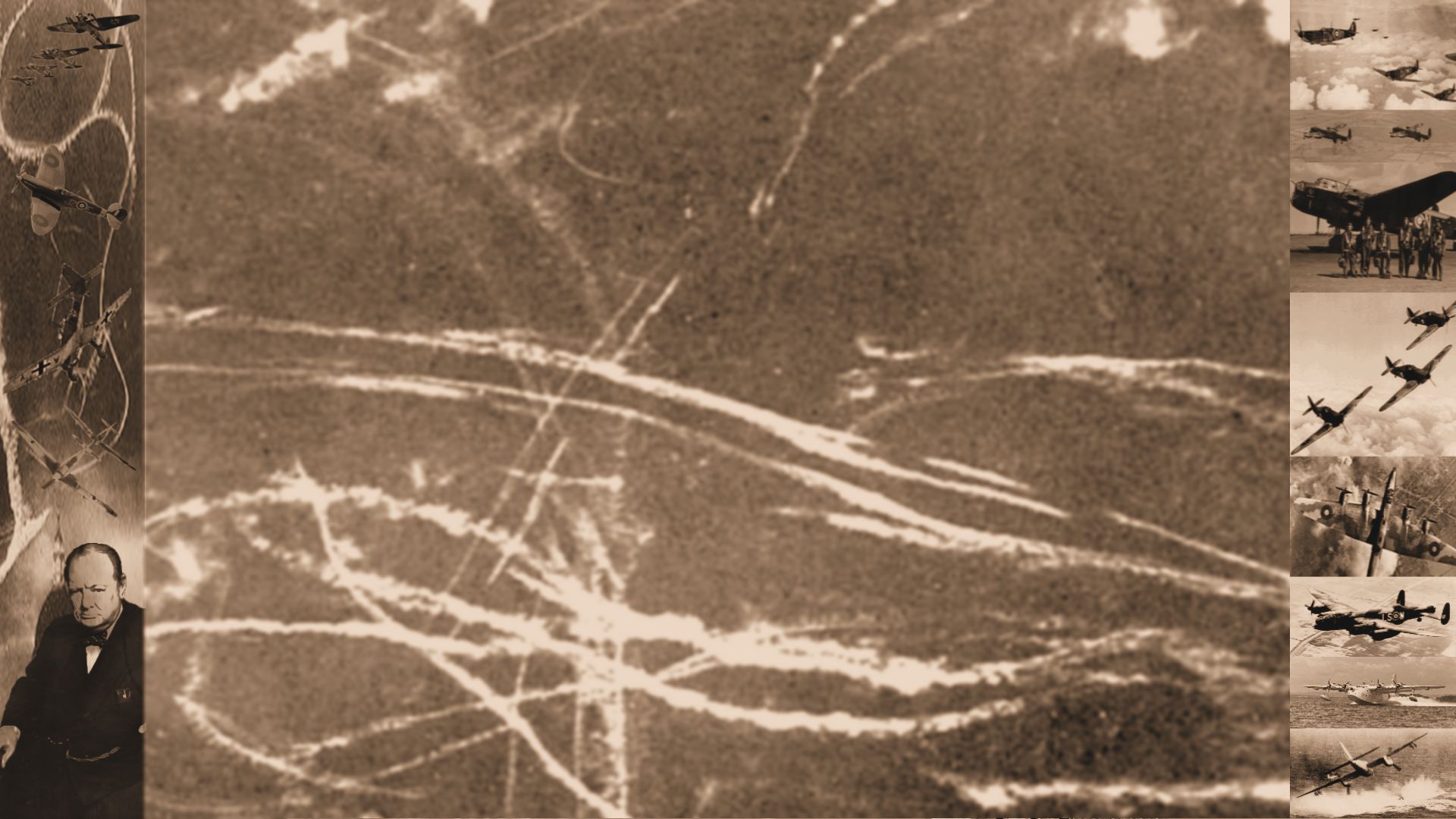The Vickers-produced Wellington twin-engine, long range medium-class bomber was a principle bomber of the Royal Air Force at the start of the Second World War, serving up until late 1943 when it was relegated to maritime support roles. It was designed in the mid-1930s at Brooklands in Weybridge, Surrey, by Vickers-Armstrongs' Chief Designer, R. K. Pierson in response to specification B.9/32. The Wellington saw production numbers exceed 11,400 and provided an exceptional record for night bombing sorties in which it excelled. Outlasting its other 1930's designed contemporaries, the Wellington proved a vital and successful additional to the Royal Air Force's offensive reach. It was widely used as a night bomber in the early years of the Second World War, before being displaced as a bomber by the larger four-engine "heavies" such as the Avro Lancaster. The Wellington continued to serve throughout the war in other duties, particularly as an anti-submarine aircraft. It was the only British bomber to be produced for the entire duration of the war, and was still first-line equipment when the war ended.
Back to Top
Development
The Wellington used a geodetic construction method, which had been devised by Barnes Wallis inspired by his work on airships, and had previously been used to build the single-engine Wellesley light bomber. The fuselage was built up from 1650 elements, consisting of aluminium alloy (duralumin) W-beams that were formed into a large framework. Wooden battens were screwed onto the aluminium, and these were covered with Irish linen, which, once treated with many layers of dope, formed the outer skin of the aircraft. The metal lattice gave the structure tremendous strength, because any one of the stringers could support some of the weight from even the opposite side of the aircraft. Blowing out one side's beams would still leave the aircraft as a whole intact; as a result, Wellingtons with huge areas of framework missing continued to return home when other types would not have survived; the dramatic effect was enhanced by the doped fabric skin burning off, leaving the naked frames exposed. The Wellington was built in 16 variants plus a further two training conversions after the war.
Back to Top
Operational use
The first RAF bombing attack of the war was made by Wellingtons of No. 9 and No. 149 Squadrons, along with Bristol Blenheims, on German shipping at Brunsbüttel on 4 September 1939. During this raid, two Wellingtons became the first aircraft shot down on the Western Front. Numbers 9, 37 and 149 Squadrons saw action on 18 December 1939 on a mission against German shipping on the Schillig Roads and Wilhelmshaven. Luftwaffe fighters destroyed 12 of the bombers and badly damaged three others; thus highlighting the aircraft's vulnerability to attacking fighters, having neither self-sealing fuel tanks nor sufficient defensive armament. In particular, while the aircraft's nose and tail turrets protected against attacks from the front and rear, the Wellington had no defences against attacks from the beam and above, as it had not been believed that such attacks were possible owing to the high speed of aircraft involved. As a consequence, Wellingtons were switched to night operations and participated in the first night raid on Berlin on 25 August 1940. In the first 1,000-aircraft raid on Cologne, on 30 May 1942, 599 out of 1,046 aircraft were Wellingtons (101 of them were flown by Polish aircrew).
Back to Top
While the Wellington was superseded in the European Theatre by newer four engined bombers, it remained in operational service for much of the war in the Middle East and in 1942, Wellingtons based in India became the RAF's first long-range bomber operating in the Far East. It was particularly effective with the South African Air Force in North Africa. This versatile aircraft also served in anti-submarine duties with 26 Squadron SAAF based in Takoradi, Gold Coast (now Ghana). In late 1944, a radar-equipped Wellington was modified for use by the RAF's Fighter Interception Unit as what would now be described as an Airborne Early Warning and Control aircraft. It operated at an altitude of some 4,000 ft (1,219 m) over the North Sea to control de Havilland Mosquito fighters intercepting Heinkel He 111 bombers flying from Dutch airbases and carrying out airborne launches of the V-1 flying bomb.
Coastal Command
Coastal Command Wellingtons carried out anti-submarine duties and sank their first enemy vessel on 6 July 1942. DWI versions fitted with a 48 ft (14.63 m) diameter metal hoop were used for exploding enemy mines by generating a powerful magnetic field as it passed over them. In 1944, Wellingtons of Coastal Command were deployed to Greece, and performed various support duties during the RAF interference in the Greek Civil War. Several Wellingtons were operated by the Hellenic Air Force.
While in operations under Bomber Command, Wellingtons flew 47,409 operations, dropped 41,823 tons (37,941 tonnes) of bombs and lost 1,332 aircraft in action.
Back to Top


